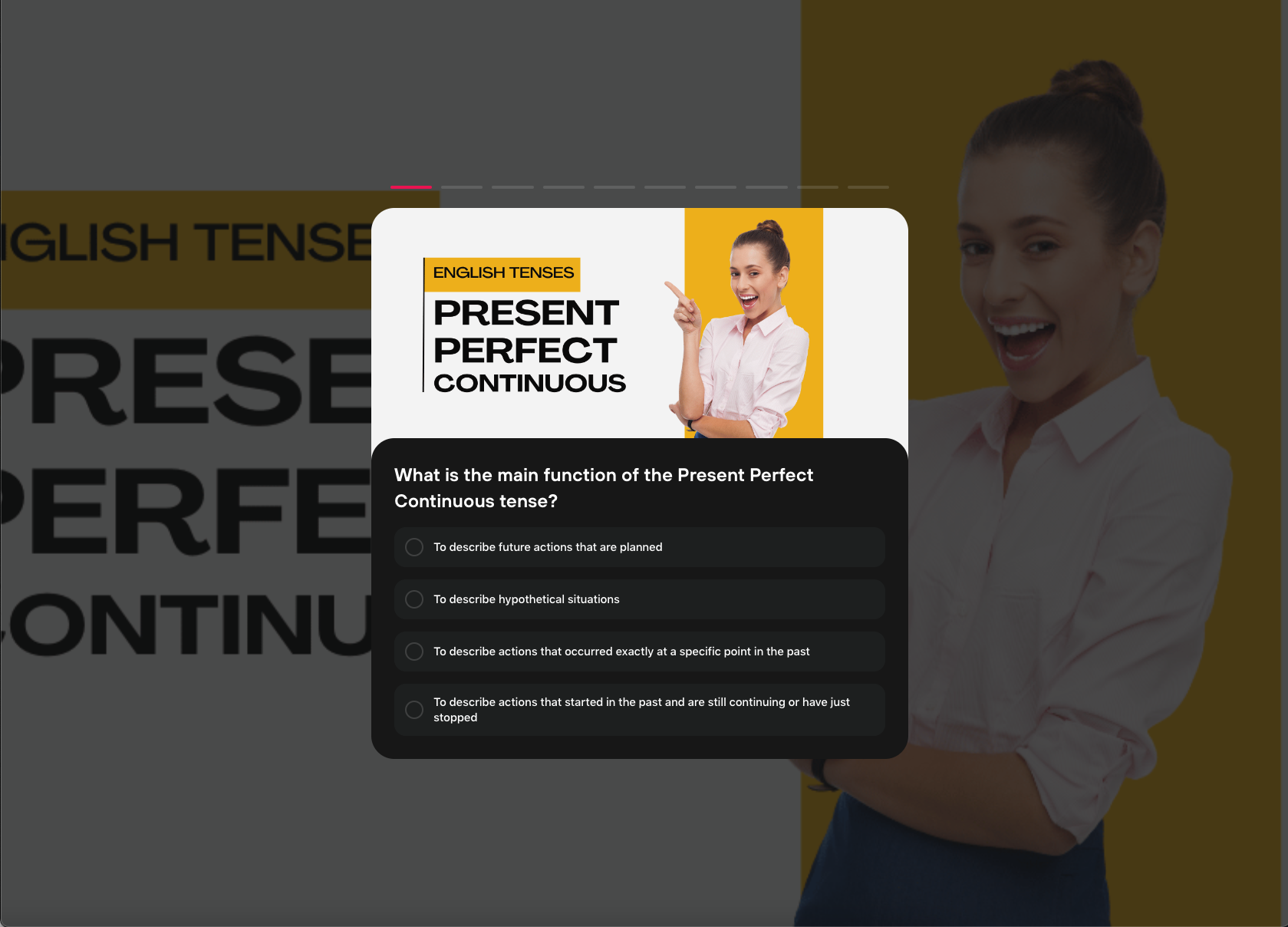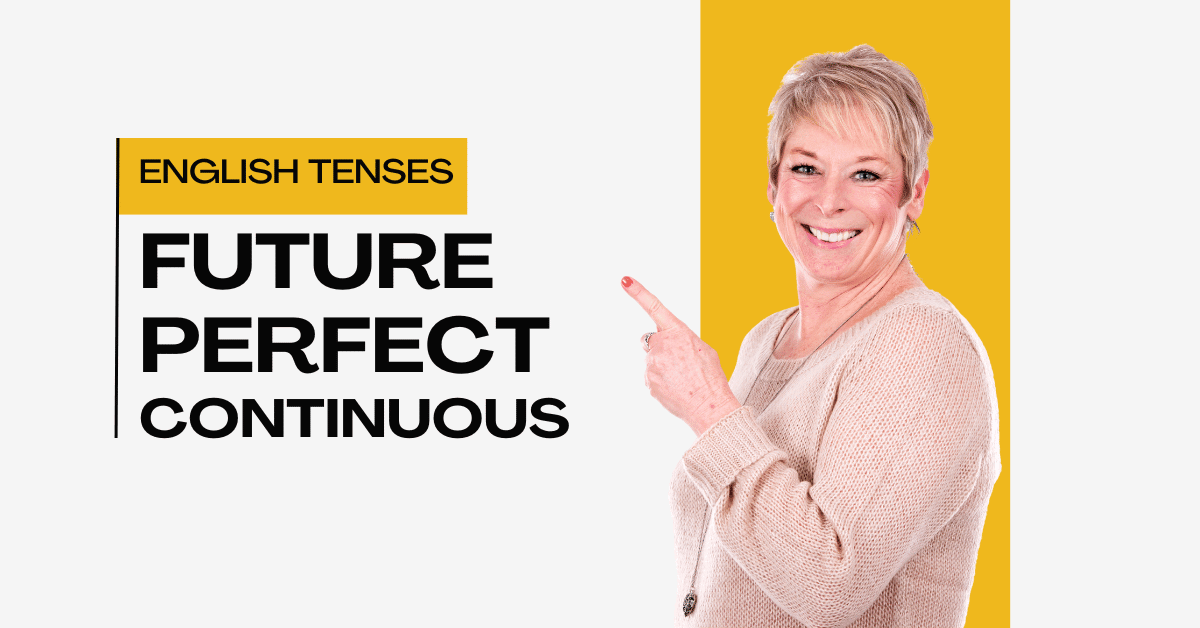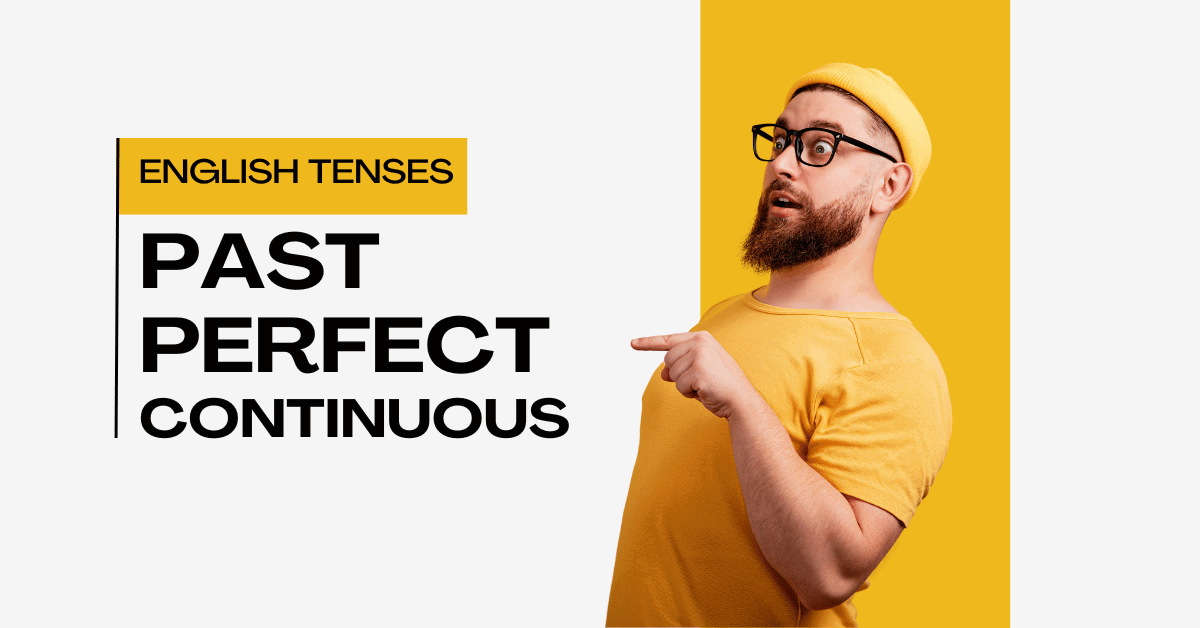Mastering the Present Perfect Continuous Tense: A Complete Guide

Mastering the Present Perfect Continuous Tense: A Complete Guide
Mastering the Conditional Continuous Tense: A Complete Guide
When learning English, one of the more advanced yet practical structures you’ll encounter is the Conditional Continuous tense. This tense allows us to express what someone would be doing under certain conditions. Mastering this tense can make your English conversations more natural and nuanced, especially when talking about hypothetical situations. Let’s dive into how the Conditional Continuous works, when to use it, and how to create sentences with it.
Source: Learn English Coach YouTube Channel
What is the Conditional Continuous Tense?
The Conditional Continuous, also called the Conditional Progressive, is used to describe ongoing actions that would be happening if a particular condition were met. In other words, it talks about actions that are possible but not guaranteed, and they are happening in progress in a hypothetical future.
For example:
“I would be studying right now if the library were open.”
In this sentence, the action of studying isn’t happening, but it would be, under the condition that the library is open.
Structure of the Conditional Continuous
The Conditional Continuous follows a simple structure:
Subject + would + be + verb (-ing form)
It’s important to note that the verb “to be” remains constant in this structure, and the main verb takes on the continuous (-ing) form. The hypothetical condition can be in the same sentence or implied.
Examples:
“She would be working if she weren’t on vacation.”
“We would be traveling around Europe if we had more money.”
In both cases, the actions (working, traveling) are happening in the mind—they are imagined or hypothetical scenarios that depend on certain conditions being true.
When Do We Use the Conditional Continuous?
The Conditional Continuous is especially useful in three main scenarios: discussing hypothetical situations, making polite requests, and speculating about the future.
1. Hypothetical Situations
This is the most common use of the Conditional Continuous. It allows you to talk about what would be happening if a certain condition were met.
For instance:
“If it were warmer outside, we would be playing soccer.”
The condition of warm weather would make playing soccer possible, but since it’s not warm, the action remains hypothetical.
2. Polite Requests or Suggestions
In conversations, using the Conditional Continuous can sound more polite and less direct when asking someone to do something.
“I would be calling you, but I don’t have your number.”
Here, the speaker politely implies they would reach out if they had the correct information. It softens the tone and makes the conversation feel less forceful.
3. Speculating About the Future
This tense can also help when making educated guesses or speculating about events that could be happening under certain conditions.
For instance:
“They would be arriving by now if the flight weren’t delayed.”
In this case, the speaker is imagining the scenario where the flight wasn’t delayed and making a prediction based on that assumption.
Forming Negative Sentences in the Conditional Continuous
To make a sentence negative in the Conditional Continuous, simply insert “not” between “would” and “be.”
Subject + would + not + be + verb (-ing form)
Examples:
“I would not be watching TV if I had something more important to do.”
“He would not be driving so fast if he weren’t late for work.”
Negative sentences in this tense allow you to express what wouldn’t be happening under certain conditions, which adds variety to your language.
Questions in the Conditional Continuous
To form a question, reverse the order of the subject and “would.”
Would + subject + be + verb (-ing form)?
For example:
“Would you be attending the party if you were in town?”
“Would she be studying more if she had access to better resources?”
Questions in the Conditional Continuous often appear when you want to explore hypothetical scenarios with someone, helping you understand what someone would be doing under different circumstances.
Conditional Continuous and the Second Conditional
The Conditional Continuous tense is often paired with the Second Conditional when discussing hypothetical situations in the present or future. The Second Conditional uses the structure:
If + subject + past simple, subject + would + be + verb (-ing form)
Examples:
“If I had a better computer, I would be working on my project right now.”
“If she weren’t so tired, she would be attending the meeting.”
The Second Conditional sets up the condition, and the Conditional Continuous explains the ongoing hypothetical action that would occur.
Common Mistakes to Avoid
Using the wrong auxiliary verb – Remember, it’s always “would,” never “will” or “shall” in this tense. For example, “I will be studying” is incorrect in this context; the correct form is “I would be studying.”
Forgetting the verb “to be” – In continuous tenses, “to be” is essential. You cannot say “I would studying,” for example. It must be “I would be studying.”
Confusing with the Present Continuous – These tenses look similar, but they express very different things. The Present Continuous is for actions happening right now, while the Conditional Continuous is for actions that would be happening under specific conditions.
Final Thoughts
The Conditional Continuous tense adds a dynamic layer to your English conversations by allowing you to discuss hypothetical ongoing actions. Whether you’re speculating about what would be happening or politely suggesting a scenario, mastering this tense will improve your fluency and help you express more complex ideas.
To practice, think about the hypothetical situations you might discuss in daily life. Start by creating sentences about what you would be doing if certain conditions were true, and soon enough, using the Conditional Continuous will feel natural and intuitive.
FREE Quiz
Take our free quiz to test your knowledge of the Present Perfect Continuous tense.” 👉 Click Here to Start the Quiz






